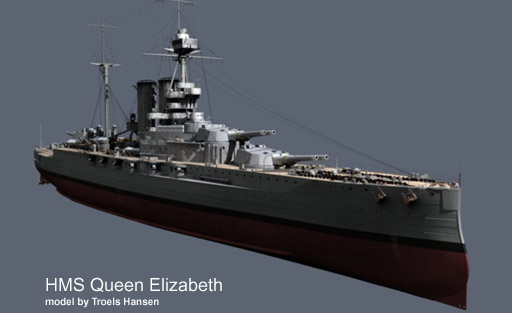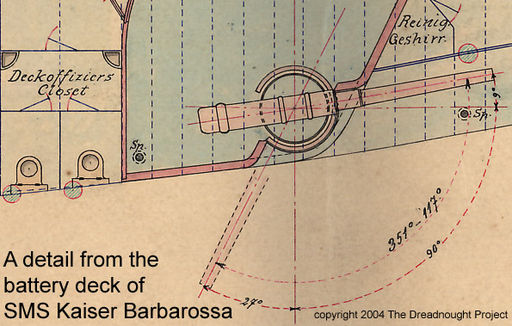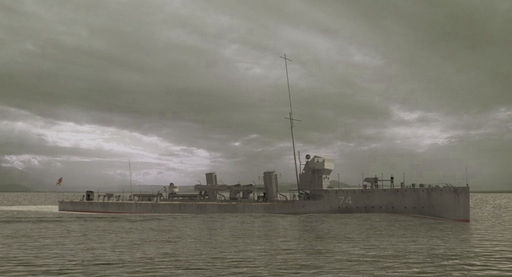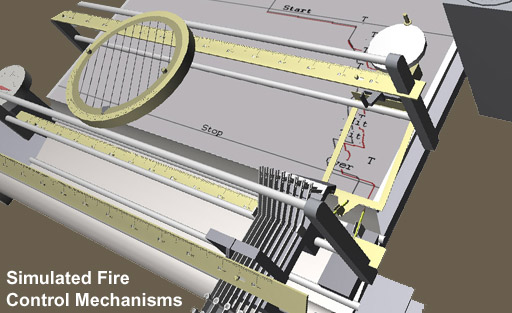Main Page: Difference between revisions
No edit summary |
No edit summary |
||
| Line 12: | Line 12: | ||
|style="width:16%;font-size:80%;color:#000"| | |style="width:16%;font-size:80%;color:#000"| | ||
*[http://dreadnoughtproject.org/bbs/ Forum] | *[http://dreadnoughtproject.org/bbs/ Forum] | ||
*[[: | *[[Sim:Main Page|3D Simulation]] | ||
*[[:Category:Ship|Ships]] | *[[:Category:Ship|Ships]] | ||
|style="width:16%;font-size:80%"| | |style="width:16%;font-size:80%"| | ||
| Line 33: | Line 33: | ||
'''The Dreadnought Project''' is a naval history wiki focusing on naval history in the period 1880-1920, with side-projects in [http://dreadnoughtproject.org/models/ 3D modeling] and [[Sim:Main Page|simulation]]. | '''The Dreadnought Project''' is a naval history wiki focusing on naval history in the period 1880-1920, with side-projects in [http://dreadnoughtproject.org/models/ 3D modeling] and [[Sim:Main Page|simulation]]. | ||
The wiki started in 2006 and comprises | The wiki started in 2006 and comprises over 2,000 articles, receiving edits almost every day. It is intended to augment, rather than replace, the information available on Wikipedia. | ||
Though Wikipedia has many well-written articles on the ships and navies of this period, it has policies that bar its editors from using primary source materials and from doing original research. By contrast, our articles exploit our large and growing library (currently well over 50,000 pages) of original documents, affording a natural opportunity to advance public knowledge by bringing more information out of the world of archives and closed collections and into a place where a Google search can find it. Unlike paper publications, we are not hindered by page counts and we can freely go back and fix errors. We find this a rewarding way to explore history. | Though Wikipedia has many well-written articles on the ships and navies of this period, it has policies that bar its editors from using primary source materials and from doing original research. By contrast, our articles exploit our large and growing library (currently well over 50,000 pages) of original documents, affording a natural opportunity to advance public knowledge by bringing more information out of the world of archives and closed collections and into a place where a Google search can find it. Unlike paper publications, we are not hindered by page counts and we can freely go back and fix errors. We find this a rewarding way to explore history. | ||
We hand-select our editors. At present, our primary editors are [[User:Tone|Tony Lovell]], who specialises in [[Fire Control|fire control]] and [[:Category:Shipboard Equipment|shipboard equipment]], and [[User:Simon Harley|Simon Harley]], who writes our [[:Category:People|biographies]]. | |||
If you'd like to become an editor, and you possess | If you'd like to become an editor, and you possess | ||
Revision as of 20:58, 15 December 2012
|
| {{#slideshow: | id=slides refresh=4000 sequence=forward
}} |
| Our 3D models, artwork and research expertise may be available for licence/hire. |
The Dreadnought Project is a naval history wiki focusing on naval history in the period 1880-1920, with side-projects in 3D modeling and simulation.
The wiki started in 2006 and comprises over 2,000 articles, receiving edits almost every day. It is intended to augment, rather than replace, the information available on Wikipedia.
Though Wikipedia has many well-written articles on the ships and navies of this period, it has policies that bar its editors from using primary source materials and from doing original research. By contrast, our articles exploit our large and growing library (currently well over 50,000 pages) of original documents, affording a natural opportunity to advance public knowledge by bringing more information out of the world of archives and closed collections and into a place where a Google search can find it. Unlike paper publications, we are not hindered by page counts and we can freely go back and fix errors. We find this a rewarding way to explore history.
We hand-select our editors. At present, our primary editors are Tony Lovell, who specialises in fire control and shipboard equipment, and Simon Harley, who writes our biographies.
If you'd like to become an editor, and you possess
- a fair amount of zeal,
- a natural desire to learn and share your discoveries, and
- a willingness to conform to our editorial style and help refine it,
please contact us.
- Protip: enabling Javascript will afford a convenient "tooltip"-based means of checking footnoted references




